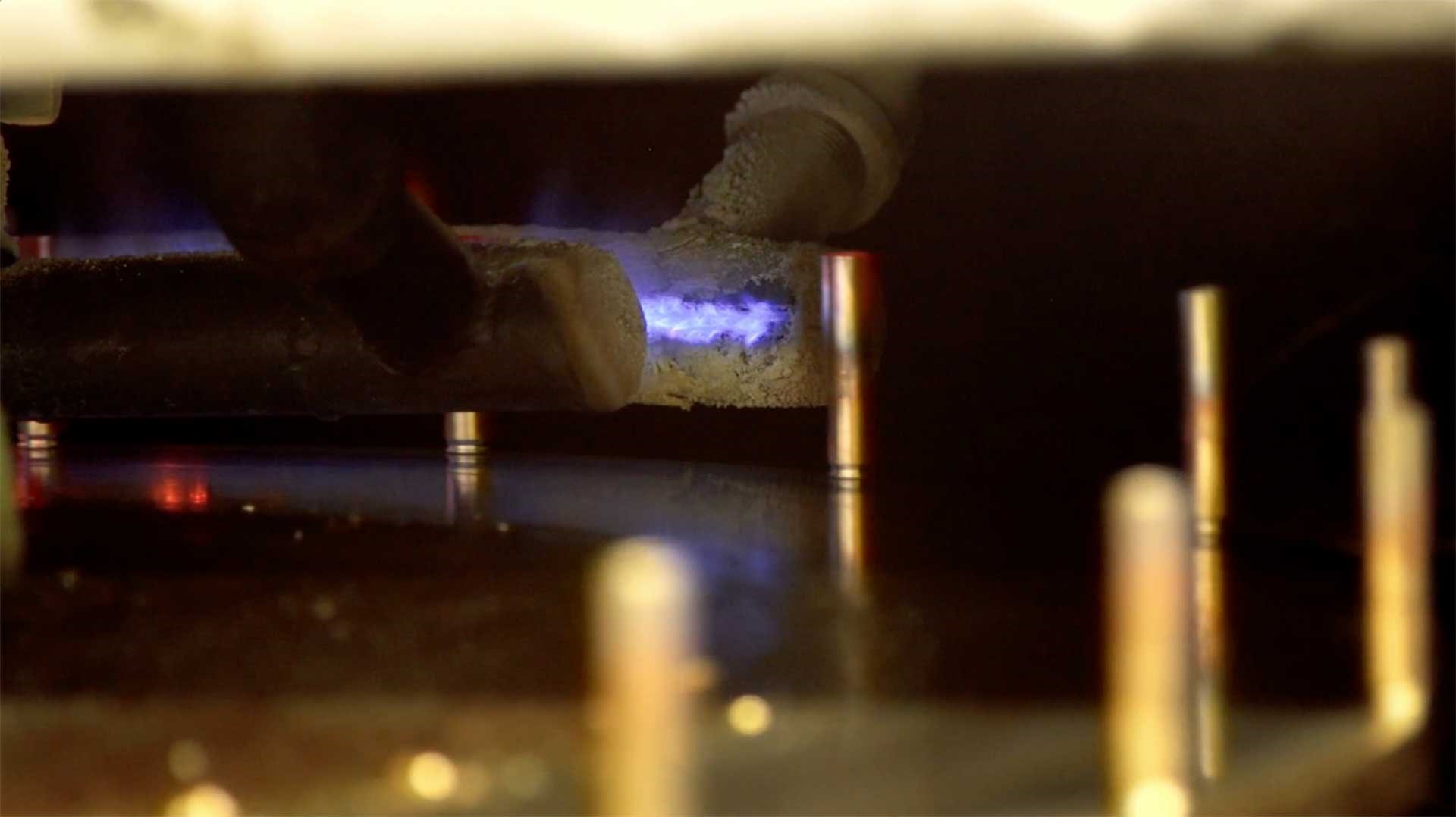
Making Remington Centerfire Ammunition

Author: American Rifleman
Published: March 16, 2023
Check out this new article from American Rifleman!
“Remington Ammunition isn’t just one of the largest ammo makers in the United States, it’s one of the largest producers of cartridges on the planet. Until the late 1960s, all of its ammunition was produced in Bridgeport, Conn., but the company opened a huge manufacturing complex in Lonoke, Ark., in 1969, and that’s where all of its ammunition is produced today. Watch our American Rifleman Television feature segment above to see what goes into the making of Remington’s centerfire handgun and rifle ammunition.
“The Remington Core-Lokt is probably the most well-known bullet in the history of hunting, and all of them come from right here. This is the Remington ammunition factory in Lonoke, Ark,” said Mark Keefe, editorial director, NRA Publications. “They do a lot more than the Core-Lokt. They make centerfire rifle ammunition, and they make centerfire pistol ammunition. They do it all, and we’re going to take you behind the scenes to show you the entire process.”
At the plant’s opening in 1969, the complex was built around efficiency of production, with the ultimate goal of producing ammunition as quickly and inexpensively as possible.
“The way the plant was set up when it was built in the late 1960s was such that it was very much optimized to bring raw material in one side of the plant and work your way towards the center of the plant, and each one of those processes have stayed fairly true to the process that was originally set up,” said Jared Kutney, senior director of engineering, Remington Ammunition.
At the start, ingots of recycled lead are brought into the plant, where they’re melted down and then extruded into long wires that are then cut in to “slugs,” which become the core of Remington’s copper-jacketed projectiles. Simultaneously, long rolls of copper sheets are also brought into the factory, where hollow cups are stamped out and formed into jackets to accept the lead slugs. Under huge amounts of pressure, the slugs are pressed into their jackets and formed into a cohesive projectile.”
The full article can be found here.
Photo Credit: Original Author






No Comments